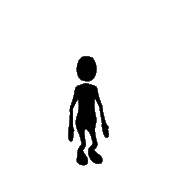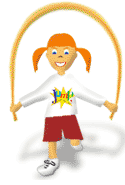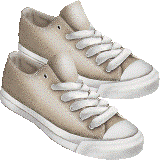


THESE ARE THE FOUNDATION YEARS.AND WE NEVER FORGET WHAT IT IS WE ARE BUILDING.
Kindergarten - 2nd grade starts with building a foundation. We focus on body control, body awareness, loco-motor and non loco-motor skills, ballistic skills, rhythm skills and manipulative skills (object control). They begin to learn and understand fitness concepts and how activity affects the body. (The heart beats faster and the muscles get tired but stronger.)
Loosely organized games are introduced to help students practice basic body control and various skills as they learn an activity. Age appropriate equipment is used when introducing and learning ballistic skills. (Throwing, catching, striking, kicking, etc.).
In first and second grade emphasis is placed more on activities which require more thought of combining skills (throw and catch). We introduce basic games with slightly more advanced rules and begin more complicated (multi-rule) games. There are more team building activities as well as more difficult individual skills (i.e.: punting, kicking off a Tee, etc.)
|
Kindergarten
 |
|
Grade 2:
|

"By day the LORD directs his love, at night his song is with me-a prayer to the God of my life." Psalm 42-8




